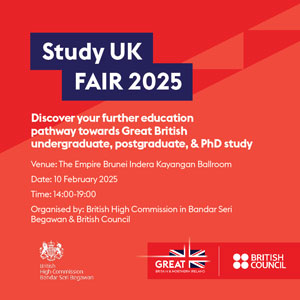The race to secure critical minerals is rapidly becoming one of the most significant global priorities as nations transition towards cleaner energy futures.
According to Senior Energy Economist at the Economic Research Institute for ASEAN and East Asia (ERIA) Han Phoumin his paper titled ASEAN’s Strategic Role in Securing Critical Minerals for Clean Energy and High-Tech Futures mentioned the demand for these minerals is set to surge from 7.1 million tonnes in 2020 to an estimated 42.3 million tonnes by 2050.
This sharp increase is a direct response to global commitments to decarbonise emissions and combat climate change, as outlined by the Paris Agreement.
Achieving the Paris Agreement’s goal to limit global warming to below two degrees Celsius – and ideally to 1.5 degrees Celsius – above pre-industrial levels requires countries to transition from traditional energy systems to clean, sustainable infrastructures.
At the heart of this transformation lies a critical dependency on renewable technologies, which in turn rely heavily on rare earth elements (REEs) and other critical minerals. These elements are indispensable for producing technologies such as wind turbines, electric vehicles, energy storage systems, smart grids and semiconductors.
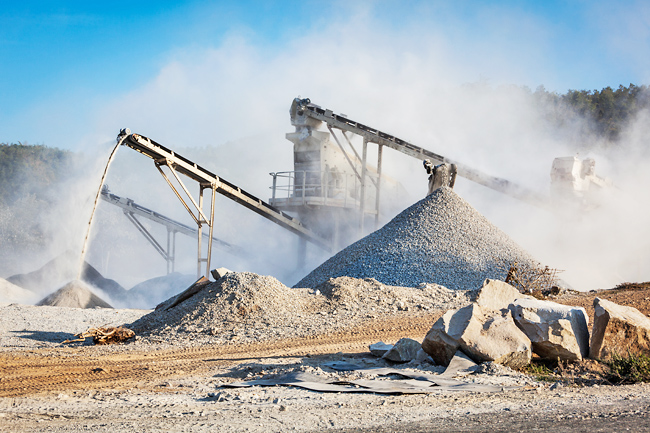
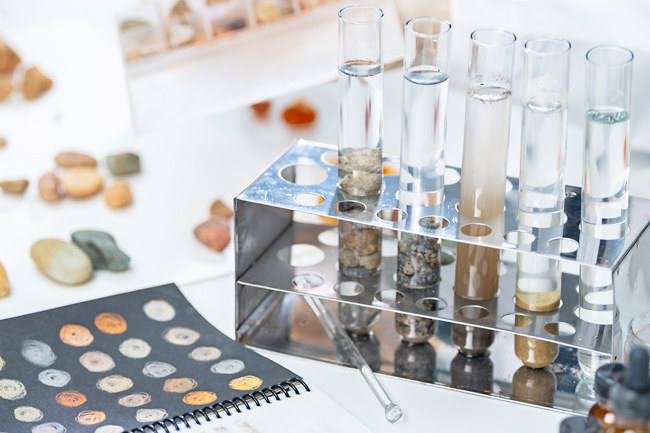
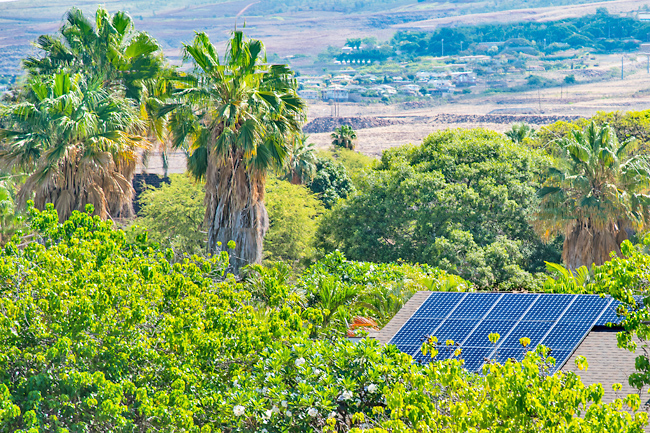
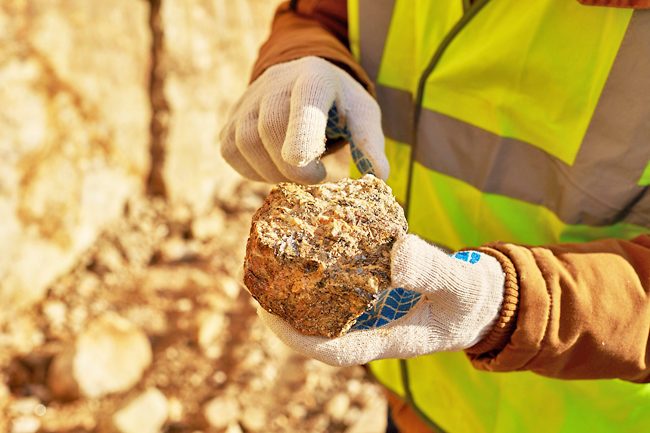
ASEAN member states are uniquely positioned to play a pivotal role in meeting this growing demand.
Countries such as Indonesia, the Philippines, Vietnam, and Malaysia possess substantial reserves of critical minerals, along with the capacity to process and refine them.
However, realising the potential of ASEAN’s resources presents complex challenges – from environmental concerns to geopolitical risks and infrastructural limitations.
Indonesia, for instance, is a global leader in nickel production, holding roughly 25 per cent of the world’s reserves. In 2020, the country produced 760,000 metric tonnes of nickel and has been investing in refining capabilities and electric vehicle battery production.
Similarly, the Philippines, the second-largest nickel producer globally, contributed around 280,000 metric tonnes in 2021. In addition to nickel, it also possesses significant deposits of copper, gold, and other essential minerals for renewable technologies. Meanwhile, Vietnam and Malaysia are carving out their niches, with the former focusing on tungsten and REE reserves and the latter playing a significant role in rare earth processing.
Despite these advantages, ASEAN nations face considerable obstacles. The mining and processing of critical minerals often lead to significant environmental degradation, and many Southeast Asian countries lack the advanced infrastructure needed to scale up production sustainably.
Moreover, the global market for these minerals is fraught with geopolitical tensions, creating vulnerabilities in supply chains.
Han Phoumin, in his paper, outlines several strategic measures that ASEAN nations could adopt to bolster their positions in the global critical minerals market.
Central to this strategy is fostering greater regional collaboration and diversification to mitigate risks and build resilience.
One key recommendation is enhancing transparency in mineral data. A coordinated effort among ASEAN nations to share information on reserves, production, and trade volumes would allow for better planning and risk management.
Expanding initiatives like the ASEAN Economic Community (AEC) to include a dedicated focus on critical mineral production and trade could be a step forward. Another crucial strategy is reducing reliance on any single export market. By diversifying trade relationships with partners such as India and Japan, ASEAN countries could reduce their dependence on dominant buyers.
This diversification would create a more balanced export base and reduce vulnerability to geopolitical pressures.
Modernising infrastructure is also critical. Developing efficient port facilities, refining capacities and transportation networks would enable ASEAN nations to streamline their supply chains.
Indonesia’s Morowali Industrial Park, a hub for nickel processing, serves as an exemplary model of how strategic infrastructure investment can unlock the potential of critical mineral resources. A broader regional initiative to replicate such efforts could prevent bottlenecks and ensure long-term stability.
Strategic partnerships are another avenue for progress. By collaborating with key global players such as the European Union and Japan, ASEAN countries could establish secure mineral corridors that strengthen supply chains.
These partnerships could also provide access to cutting-edge technologies and best practices, including sustainable mining techniques.
Environmental sustainability must remain a cornerstone of ASEAN’s critical minerals strategy. The environmental toll of mining and refining processes is a growing concern, and stricter regulations and enforcement are essential.
Countries like Indonesia have begun implementing new mining laws aimed at promoting responsible practices, but more robust measures are needed across the region.
Establishing strategic mineral reserves could further enhance ASEAN’s resilience. By creating stockpiles of critical materials, countries would have a buffer against global supply disruptions, particularly during periods of market instability.
Additionally, investing in recycling technologies offers a promising solution to reduce dependency on newly mined minerals. Malaysia, for example, is exploring advanced recycling methods to recover rare earths from electronic waste and used batteries.
As the global demand for critical minerals continues to rise, ASEAN nations have a unique opportunity to position themselves as indispensable players in the clean energy transition.
By adopting policies that promote collaboration, sustainability, and innovation, the region can secure its role in shaping a greener, high-tech future.
In his analysis, Han Phoumin emphasises that the path forward requires bold political commitment and strategic investment.
With the right policies and partnerships, ASEAN could not only meet its own developmental needs but also contribute significantly to the global fight against climate change.
By taking decisive action now, the region can ensure a sustainable and prosperous future for generations to come. – Features Desk


